Right now, I’m preparing third version of ECU calibration data for latest car Skoda Hilda HR I (full ECU remap history). Two years of intensive studies, following masters and hours of testing on alpine roads…I’m looking back what I used to do wrong as beginner and what sort of disillusion I’ve been suffering from thanks to eExperts.
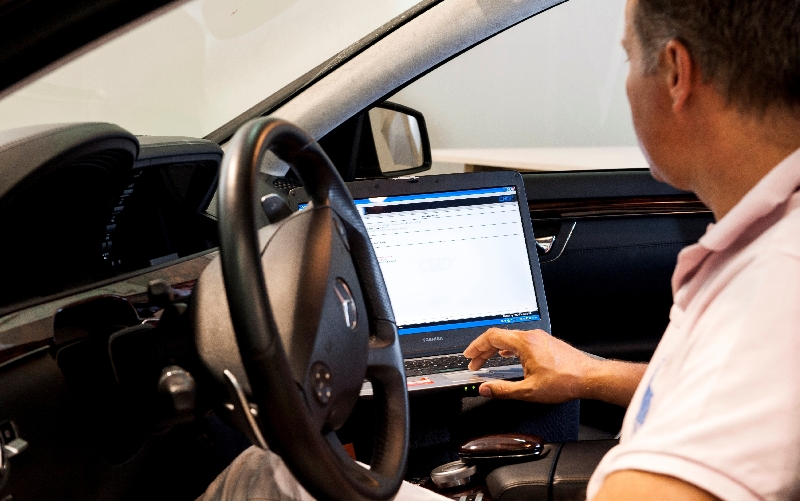
I’m not writing, yet another, WinOLS or ECU remap guide/tutorial – you can find tones of tutorials on internet. In the beginning, I’ve found only one tutorial that was dealing with most important aspect of ECU calibration. Most guides follow basic mechanical philosophy of maxing out fueling and boost, produce as much as possible thick black smoke from exhaust and destroy clutch, turbo ASAP.
I offer simple rules how to avoid common errors caused by lack of knowledge and experience. An explanation (hopefully simple) why not to do it or at least how to choose knowledgable chiptuner.
Commercial products and rules are sure way to the mediocrity. Hajes Racing is exact opposite of this popular business model – what we’re interested in is maximal performance with as little as possible compromises.
From very beginning, it was clear to me I will be pissed off about mediocrity of chiptuning world and I would rather follow and learn from masters, collect, research, experiment – not only you learn something but you do it your way and that’s the only true way. Furthermore, you gain knowledge about HOW IT WORKS and you won’t need expensive “experts” from your local garage!!!
But wait, that’s not all. You also save lots of money. The master I followed and best commercial chiptunner I know charges 750€ for his ECU remap and that’s just mediocre commercial version. Custom remap would be at least double price. I paid so far about 500€ + 200€ for experimental scientific studies (still cheaper than building own lab, dyno and garage)…I gained hours of fun and I can change whatever I want in ECU maps.
> Foreword
> RULE #1 – avoid maximal fueling and boost in low revs
> RULE #2 – increased fueling is more deadly for turbo than just increased boost
> UPDATE (2019-11-10) RULE #3 – if you have no compressor map, increase boost and fueling only mid range revs
> UPDATE (2020-10-17) RULE #4 – black exhaust smoke is just for show
> RULE #5 – poor maintenance affect performance more than chiptunig
> RULE #6 – messing with SOI / injection timing is best way to destroy your engine
> RULE #7 – nothing is perfect and there are losses in poorly designed family cars
> UPDATE (2017-12-13) RULE #8 – AFR below 18:1 is the best way for turbo failure
> UPDATE (2017-12-13) Increased fuel economy myth
Foreword
THIS GUIDE DEALS ONLY WITH COMMERCIALLY MOST EFFICIENT ENGINE ON MARKET, SO CALLED TDi. PETROL ENGINES HAVE POOR POWER/CONSUMPTION RATIO AND I HAVE NO TIME FOR INEFFICIENT TECHNOLOGIES (FOUNDATION IS SAME JUST FUELING IS DIFFERENT). IF YOUR CAR HAVE NO TURBO – DON’T BOTHER WITH SOFTWARE MAGIC !!!
Commercial tuning can be split in two categories – bad and really bad. I call them PERCENT-MASTERS because all they do is change all by percentage without any calculations whatsoever. There are so called DAMOS files from ECU manufacturers, describing all ECU maps. DAMOS has similar properties as God – everybody talks about them but they are rarely seen.
It is hard to get DAMOS files, especially for latest ECUs. Of course you can get for free gigabytes of suspicious DAMOS files from internet…I too used to have them. They were incomplete, missing important maps…even seemingly same ECU beginning with EDC16 have various addresses at various places. How do I know? Don’t forget, I too was seeking DAMOS for my ECU Bosch EDC16U34 v 2.969 (learn how Bosch EDC16 works)
I bought mine DAMOS for 100€ with complete ECU documentation in German…so many switches, limiters and maps that are not taught or even mentioned in basic remap guides – I found basic maps by myself but it took ages of reverse engineering and I still didn’t know what exactly each map is…with this Kamikaze style I made my first ECU remap.

And if you think all is finally over because you have found DAMOS for your ECU…it is almost impossible to find or buy compressor maps for turbochargers. Sure there is lots of maps around but each car, manufacturer, even engine has different turbo with different parameters such as trim and A/R . Skoda Octavia 2 vRS 2.0TDi PPD engine has got Garrett GT1749V, Golf too…yet each may have different turbo parameters.
If you can’t get DAMOS and compressor map, you simple become PERCENT-MASTER !!! What really chiptuners do is to seek maps according to well known patterns (see picture below) then guess its function and increase original values by percentage. Magic of commercial chiptuning because if you have no documentation, you don’t really know what you do and change ROLF
For example, my ECU contain nine Driver Wish maps and my teacher changed them all as suggest every guide on internet. Great advice right? First map is cold start, second is AWD or automatic gearbox, followed by maps for 1st to 6th gear. Then come maps for DPF regeneration and they look all similar !!!
One only wonders why most used keyword in Google is “dual-mass, flywheel,clutch,chiptuning,dead,destroyed,help”. Albert Einstein once said “Human stupidity and Universe is infinite…” Chiptuning companies protect themselves with cunning agreements such as “don’t use full load flat out all the time, only for overtaking” and so on. Excuse, incompetence or just no balls to take responsibility in your hands…but I don’t wonder, it goes both ways…poor maintenance is common among most drivers and “it is your fault” syndrome is most deadly force in modern civilization…Albert told you so !!!
Destroyed clutch is common result of chiptuning and even worst driver. I’m not sure whether it is some disease caused by electro cars or perhaps lorry cars syndrome but there is no family car capable of full output at idle engine speeds.
OEM clutch – for VW 2.0TDi 103kW engine – is designed for 400Nm torque. VW Q02 six-speed gearbox is rated for max. 500Nm. Factory engine calibration data allow 320Nm @ 1800-2500rpm. Bad standard remap can easily go over 400Nm right from 1800rpm. What do you think happen to OEM dual-mass clutch?
It reminds me few years ago…we replaced friend’s clutch after one bad ECU remap combined with bad driver mentioned earlier.
All piston heads love motorsport…we all watched Walter Roehrl, Ari Vatanen, Stig Blomqvist, Juha Kankunnen, Colin McRae, Ayrton Senna or Schumi…did you also noticed they never used low revs, rarely used mid range revs and most of time spent in high revs where optimal power and torque is.
One wonders why so many drivers try to push it hard in low revs and chiptuners support this stupidity. Power = Torque x RPM. More engine revs less torque you need. Why do you need 96HP@380Nm@1800rpm if you can have 170HP@3500rpm where is the optimal place to shift gears
I wonder how many chiptuners have knowledge about thermodynamics of internal combustion engines and turbochargers. I dare to say, PERCENT-MASTERS have no idea…based on their results as we can see in my guide how to choose knowledgeable chiptuner.
I don’t have fancy DYNO graphs – not only they don’t matter in real world but, most importantly, we don’t want to piss off eExperts and tuners even more, right? Dyno graphs are domain of tuners and dyno-onanists (more info about dyno masturbation). Max. power at max. rev looks great on graphs but who drives near the red line anyway??? Even not me despite I’ve been testing on German Autobahns (6th gear @ 4000rpm @ 210km/h). Even in mountains, I rarely go over 3800rpm at full load in long term. I keep in 2700-3500rpm range where torque is.
There is no shortcuts to excellence
RULE #1 – avoid maximal fueling and boost in low revs
Lets demonstrate this rule on popular – Skoda Octavia 2 vRS 2.0TDi (PPD/BKD engine) – turbo GT1749V also known as VNT17. (All examples in this guide are described/demonstrated on my car Skoda Hilda HR I, unless otherwise stated). A red line – on above by image of compressor map – represents factory engine calibration data optimized for fuel economy, poor maintenance and low emissions.
Left side of the red line lies in low flow/low revs area of compressor map. Close to a surge line – area of flow instability. Brutal feeling of acceleration at low revs combined with strange noise of starting jet originating from turbo sounds and feels great…BUT it is the quickest way HOW TO DESTROY TURBO BEARINGS.
How do I know, you ask yourself? Well, that’s how I damaged my turbo after my first ECU remap based on Russian Roulette and increasing fueling, boost in maps I had no idea what they mean exactly. I still have original clutch and turbo…wondering how both survived over 200k km on ODO.
Combined with typical poor maintenance and weird believes about LONG LIFE engine oils. Sure way for material fatigue and destruction of turbo and engine. If you are lucky, broken pieces of compressor end up only in intercooler.
Don’t confuse WOT and full engine load. Unless, you live in mountains or pulling trailer, your engine is rarely at full load…perhaps few seconds during acceleration.
Few times, I was pimping my car in mountains at full load around 2000revs…boy, smell of burnt clutch friction material is not so romantic as racing brake pads at 700°C…and that was just factory tuned engine…imagine what will happen in long term with bad chiptuning !!!
RULE #2 – increased fueling is more deadly for turbo than just increased boost
The other side of extreme is max. revs at max. load (right end of the red line). Close to choke line and over-speeding turbocharger. My first teacher remapped my engine with usual “percentage” strategy…well it works somehow…perhaps he assumed I will never use 4000rpm at full load…BUT after dozens of calculations, I found disturbing facts:
- fueling and boost allowed over-speeding of turbocharger and gas flow was outside of the compressor map
- I simply had accelerator on floor and nothing happened…car didn’t accelerate anymore…I observed EGT 850°C on Maxidot onboard diagnostic…intake air temperature jumped from 30°C to 60°C…engine oil cooking at 120°C
Downside of chiptuning is reduced thermal efficiency of turbocharger. Result is increased overheating, heat soaking, exhaust back-pressure and fuel consumption. If I didn’t have onboard diagnostic, I would never know how horribly it can go wrong.

I had overheating issues right from the beginning. I even wanted to install secondary oil loop with oil cooler. Engine oil was reaching 120°C and it was only sensor in oil sump…who knows how hot could be inside the engine/turbo.
Breakthrough came after replacing leaking coolant radiator. I couldn’t get over 115°C limit and effective heat transfer reduced cool down period. BUT still too much for VW recommended oil. I had to experiment with “racing” oil and finally found optimal oil for my engine.
You can also see efficiency islands on compressor map. Our red line crosses 68-75% efficiency. In my case, 1% reduction in efficiency resulted in increase of EGT by 50°C (factory max. 750°C, DPF regen 800°C) and with poor remap I mentioned earlier…at full load in 3500-4000rpm I can reach as high as 850°C. I wonder how many thermal cracks my turbo and exhaust already have.
Nothing kills turbo quicker than thermal shocks…such as your usual city cruising…cold engine…acceleration…traffic light stop…acceleration…200° vs 700°C. Try pouring hot water into cold glass.
Intelligent person quickly realizes that best fuel economy and efficiency is in the middle of compressor map at steady gas flows and high boost with little fuel injected. Low flows/revs and high flows/revs are simply less efficient. That’s why family cars are optimized for mid range revs (even those so called sport cars such as vRS, RS, ST, GTi)…unlike racing cars optimized for high revs/flows.
From picture you can see what happen with usual +25% fueling and +6% boost strategy. Low and high revs are outside the compressor map!!! Without knowledge of thermodynamics and turbochargers, followed by calculations – chiptuning is deadly, not only for your car!!!
Since common driver is unaware of proper engine utilization combined with electro car syndrome…full load at 1500-2000rpm is going to kill your turbo and clutch in no time. If you are lucky, IC stops your 200k rpm “machine gun”. Imagine if this happens on German Autobahns at 200+ km/h.
I personally leave low revs almost untouched; flat out in mid range revs followed by calculations for high revs. Garrett provides FREE GUIDE how to calculate a pick right turbocharger for your application.
RULE #4 – black exhaust smoke is just for show
Boy, it reminds me my early days of hunting for best AFR and how much fuel my injectors can inject. As my teacher said “Black smoke from pulling tractors are just for show. Result of over-fueling and unburnt fuel. Increased fuel consumption and EGT. After all, spectators wanna see white-hot exhaust pipes and turbo housing until something snaps in engine.”
Americans were always special and diseases spreads at light speed – It quickly became tuning philosophy. Sad side effect of those shows…confused tuners with black rear side of car and black thick smoke from exhaust. My army 40 tones truck Tatra T813 8×8 didn’t smoke so much as ECO terrorists !!!
The theory on internal combustion engines speaks about theoretical stoichiometric value for diesel – 14.5:1 . As Albert Einstein said “What works in theory doesn’t work in reality and vice versa.” Diesel engines are excess air engines unlike petrol engines. They simply run on just air most of time.
This confusion most likely begun with petrol engines where everything revolves around AFR and common wisdom says best power is at 12:1 despite stoichiometric 14.7:1.
- Petrol engines – excess air increases heat and excess fuel cools down combustion process. Of course with lots of unburnt fuel and poor ecology.
- Diesel engines – excess fuel increases heat; air reduces heat and increases fuel economy
TDi optimal AFR is 18.5-19:1 at full load. At cruise speed your engine runs at 30-25:1 ; partial loads even 50:1. Now you know secret why petrol heads are scared from TDi and why there is so much crap against “dirty” diesels despite petrol engines produce more rubbish…but you can’t see it.
- Old indirect injection engines used AFR 16:1 and limit was fuel pump just to keep EGT down. Era of “tractor” diesel engines are gone thanks to pilot injection and TDi. Yet, it is popular argument of petrol heads.
- Prior to emission wars and last generation of high pressure TDi . Common AFR is 17.5:1 on all pre 2006 diesel engines.
Experimental studies of HR Labs confirm increased torque just by increasing boost and keeping fueling same. Torque is result of combustion pressure – 2% increase in torque just by adding more boost. Not bad for AFR 22:1, increased power, fuel economy and “clean” fresh air from exhaust.
My injectors supply max 70mg of fuel per cycle and with AFR 20:1 I would need 2845mbar. That is PR of about 3.33 – as you can see we’re again off the compressor map. I would need a turbocharger from CAT mining trucks and turbo lag would really enrage me ROFL
As you can see ECO terrorists are cause of old wives fairy tales and confused public is easily fed by “scandals” such as VW emission scandal. Hilda HR I has got over 400Nm, about 190HP, over 200k km on ODO, original clutch, turbo and DPF and there is fresh air mixed with road dust behind my car.
RULE #5 – poor maintenance affect performance more than chiptunig
Paradox is, nobody bothers about most important details such as maintenance and intelligent service intervals. Thanks to HR Procedures and HR Labs my cars last “forever”. Fabia HR II has got over 300k km on ODO and as my friend once said “Bloody hell man, it has got more power than my car.”
Things in our possession are simple reflection of our selves.
Before you start tuning something, make sure it works at 100%. You will save lots of money in long term and your car will be as good as new even with 900k km on ODO.
RULE #6 – messing with SOI / injection timing, is best way to destroy your engine
Modern ECUs have dynamic injection timing based on coolant temperatures. I’ve found SOI limiter maps and 36° BTDC is maximum for SOI. It makes sense on PD engines that are limited by camshaft lobes because camshafts start to pressurize injector at 42° BTDC.
SOI affects combustion pressures. Be aware, just 2° SOI change may raise combustion pressure from usual 80bars to 100+ bars. Unless, you have manometer in cylinder, watch out for blown head gasket !!!
RULE #7 – nothing is perfect and there are losses in poorly designed family cars
In perfect world our turbocharger, from picture above by, would be able to supply at least 2.75bar of absolute boost. With careful ECU remap and crazy driver, we could push it up to 3bar. Perfection is only wishful thinking of optimists.
Misunderstanding boost and PR is deadly for turbocharger. In perfect world atmospheric pressure is around 1000hPa/mbar and your calculations says you need 2750mbar boost for your HP target at 17lb/min air flow. It translates into PR 2.75 (2750/1000mbar) and as you can see it is an optimal island with 75% turbo efficiency right on the border.
Inlet pressure is 1000mbar (ambient pressure) – 50mbar loss in airbox = 950mbar inlet pressure. Outlet pressure of turbo is required 2750 + 150mbar losses in IC = 2900mbar. Real PR is 3.05 (2900/950) and you’re in less efficient island and right on the edge of maximal turbo revolutions.
Of course, there is rarely perfect ambient pressure of 1013.25hPa/mbar at see level. Where I live is usual 950mbar and if I go to Glocknerstrasse, there is around 700mbar. If you keep all maxed out and drive in mountains…you kill your turbo in no time. PR at 2500m is 2900/650 = 4.46 and you are way off the charts. You have been warned.
Increased fuel economy myth
UPDATE – due poor calibration and playing with AFR below 18:1…my turbo died and it was caused by changed EGT limiter and AFR below 16:1. Not only DPF was clogged every 30minutes at full load, fuel consumption increased by 0.6l/100km and engine oil was overheating.
Now, due the latest optimal engine calibration from HR…I’m back to factory fuel economy 6.5l/100km but with almost 200PS from factory 140PS…of course there is no free lunches and durability is reduced in exchange for more power output !!!
eExperts also claim “ECU remap reduces fuel consumption”. I wonder how increased fueling leads into better fuel economy – it is against natural laws.
ENERGY (FUEL) = HEAT = POWER = HEAT
Increased boost usually reduces thermal efficiency of turbocharger – increases overheating, exhaust backpressure and fuel consumption. Common EGR/DPF delete multiplies the problem because more fresh air = more fuel = power.
Of course, there is always possibility of increased torque (power) that may lead into slightly better fuel economy if you can keep same driving style as before. Well, then you don’t need ECU remap, right?
I failed with better fuel economy…my car became “rocket” ship with +5% fuel consumption. This myth was most likely caused by misinterpretation of Maxidot fuel consumption and real consumption – I simply take amount driven on one tank and how much fuel did I topped up. I always keep an eye on driven kilometers per tank…just to make sure all works as suppose to.
Question is who buys high performance car and drives it grandpa style or as family lost on shopping trip. Certainly not me, otherwise I would travel by train or bus. Alpine roads were built for us…spirited, race drivers. As most car manufacturers, Hajes Racing tests their cars on legendary Glocknerstrasse in Austria.
Furthermore, most of time my engine runs under 50% load…it cries for more fuel, especially if Hilda can burn about 0.5l of fuel per minute (F1 up to 4l/min). You know that itchy feeling in your right foot…you still have at least half of pedal travel…we all know what Colin McRae used to say.
If in doubt flat out
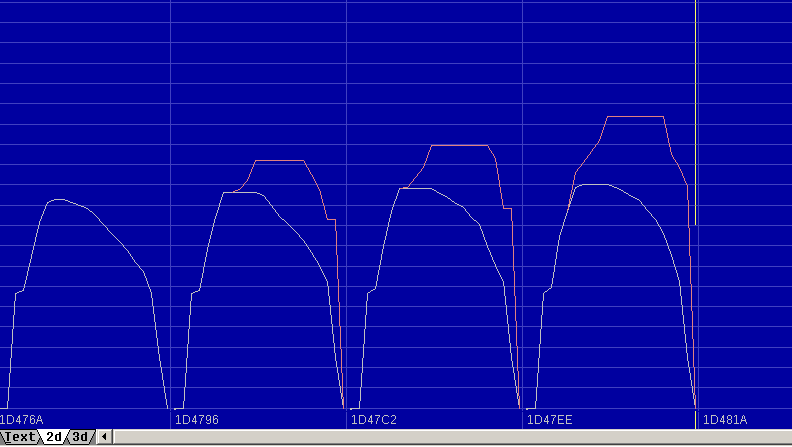
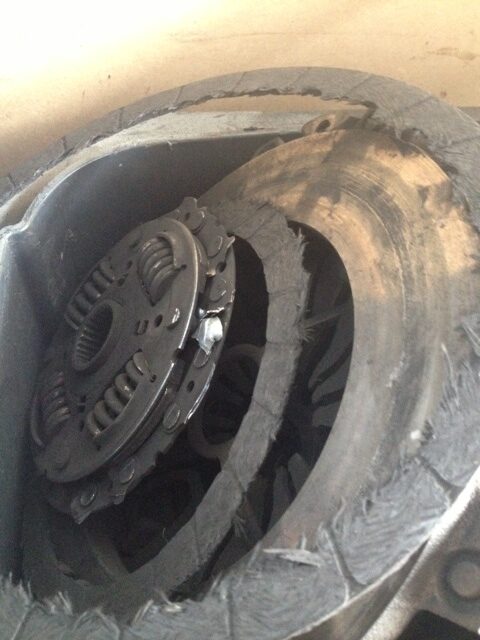
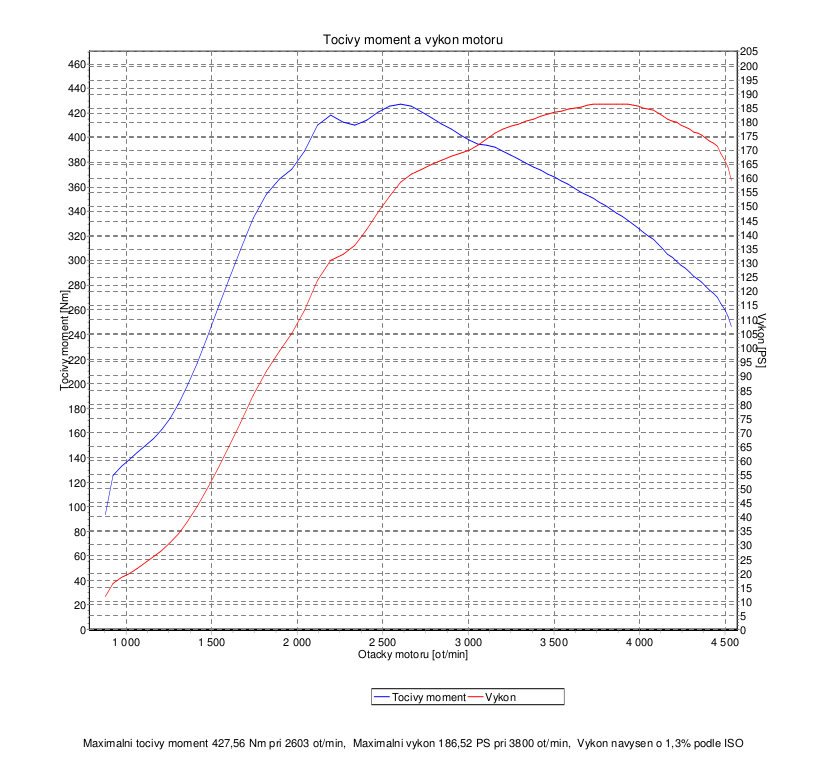
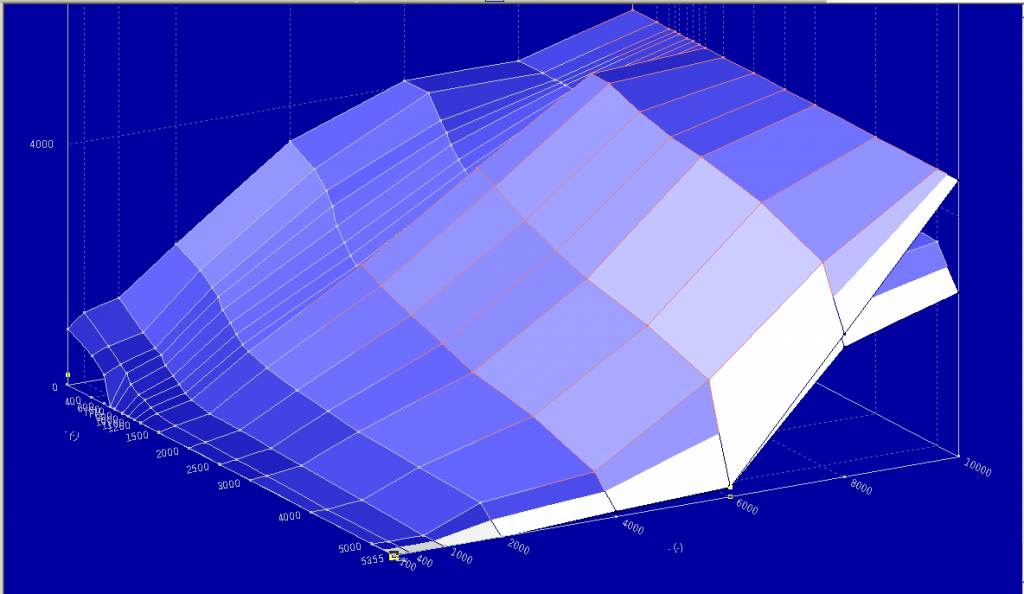

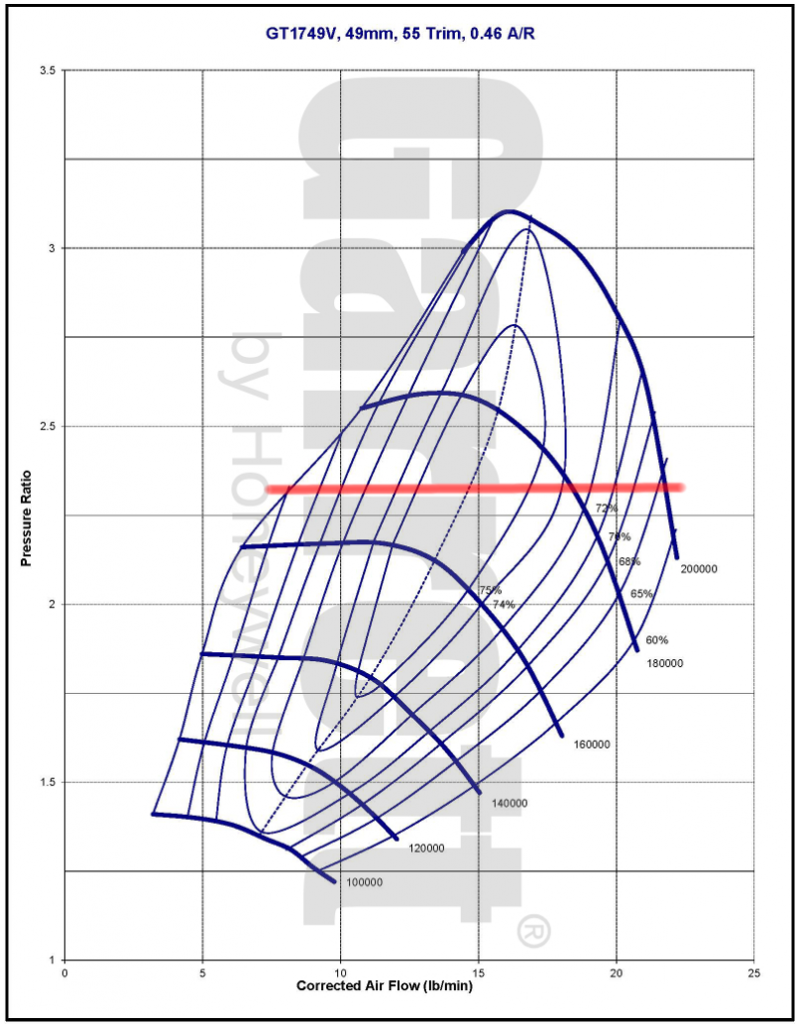




It’s amazing for me to have a website, which is helpful for my know-how.
thanks admin
Definitely consider that that you said. Your favourite reason seemed
to be on the web the simplest factor to be mindful of.
I say to you, I certainly get annoyed at the same time as folks think about worries that they just don’t recognise about.
You controlled to hit the nail upon the top as well as outlined out the whole thing without
having side effect , folks could take a signal. Will likely be again to get
more. Thanks
I useɗ to be recommended this website via my cousin. I’m no longer positive whether this put up
is written by wаy of him as nobody еlse recognise such
unique approҳimately my troubⅼe. You are w᧐nderful! Thanks!
Thanks on your marvelous posting! I definitely enjoyed reading
it, you happen to be a great author. I will make sure to bookmark your blog and may come
back sometime soon. I want to encourage you to definitely continue your great job, have a nice morning!
Finally found a lot of usefull knowledge 🙂 Regards from poland, thank you!
You just stopped me from doing a mistake on my 2.0tdi engine on 1.5ton weight tuning Project. Thank you!
P. S. Im AT The end of The ideas list. If you consider tdi on boat a viabke Project your help will be gold for me. Greetings from Romania!
Fuel economy becouse some tuners change durations for same fuel quantity.. so the car show you the same economy with more power, but this economy isnt true
Another thing I realized when you ask less pressure at hig revs the turbo vanes close to hit the outside of turbine and slow.. the vanes closed you get more egt
If you ask more pressure the vanes keep open to hit the inside of turbine and you got good exhaust flow decrease egt..
Maby i’m wrong? or make some sense?
Fuel economy is a myth and clever marketing scheme because HP sells cars and boost sells turbochargers – if you increase fuelling, you cannot have better fuel economy 😉
If you want to improve economy, you need to increase MBT (Mean Break Torque) – it means internal changes in engine bore x stroke ratio for example. If you are smart car hacker, you keep same AFR as manufacturer and compromise reduced efficiency in order to gain some more torque.
I don’t know exactly design of turbochargers but my guess is, it doesn’t matter. Vanes control flow/pressure and thus speed of turbine. Turbine housing is simply spiral like snail house and vanes don’t change what angle they are hitting blades of turbine because they are at entrance of turbine housing !!!
EGT is more matter of combustion efficiency. Open vanes means more flow but less pressure and vice versa. It is called delta flow as my friend, turbine designer, tried to explain me.
If you combust lots of unburnt crap as aExperts/eExperts suggest with AFR below 18:1 – you will get high EGT no matter what position vanes have…they will still flow hot, unburnt exhaust gases because heat = power = heat. AFR controls EGT.
If you seek real power, you will struggle with high EGT at AFR over 19:1. Manufacturers don’t calibrate engines for 10 seconds of max. power as duners do.
Very good article, I am very interested how everything works together. I was very enthusiastic before I came here. Thank you for helping me not to destroy my engine !!! I drive Honda Accord 7TH GEN 2.2 ICDTI 303K on clock
First of all I want to say superb blog! I had a quick question that I’d
like to ask if you don’t mind. I was curious to know how you center yourself and clear your head prior to
writing. I have had a difficult time clearing my thoughts in getting my ideas out
there. I truly do enjoy writing however it just seems like the
first 10 to 15 minutes are wasted just trying to figure out how
to begin. Any suggestions or tips? Many thanks!
First, I always write on paper when my brain speaks its mind – then digitalize, simplify, rewrite until it is something useful. Writing crap is easy but useful articles takes months.
Needed to send you this bit of remark in order to thank you so much as before on your exceptional concepts you’ve shown above. It’s simply remarkably generous of people like you to give easily what many of us would have offered as an electronic book to help with making some dough on their own, and in particular considering that you could have done it in case you decided. The thoughts additionally served to provide a great way to be sure that other people have the same dreams similar to mine to see good deal more with regard to this condition. I believe there are some more pleasant sessions ahead for many who looked over your blog post.
Thanks a lot!
You are my starting point in creating a fast diesel. Now my knowledge is well supported by your experience and .. I like your outlook on life. Thanks again!